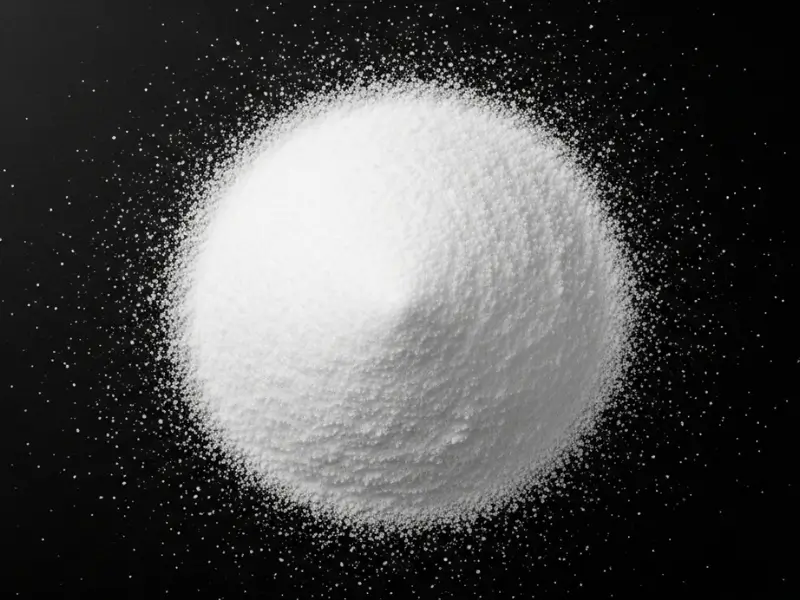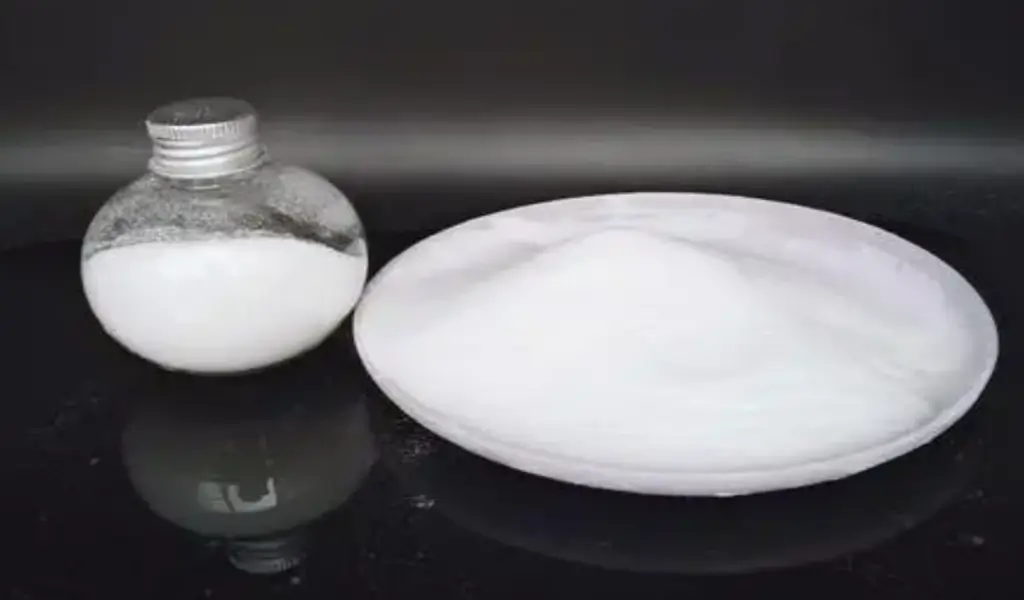8. Comparing CSPE Coatings to Other Coating Options
When it comes to selecting the right coating material,there are numerous options in the market, each with its unique benefits and drawbacks. What’s the real story? Understanding how chlorosulfonated polyethylene (CSPE) compares to other types of coatings, such as polyurethane and epoxy, is crucial for making informed decisions that align with specific project requirements.
CSPE coatings are notably known for their exceptional weather resistance and durability, making them suitable for external applications. In contrast, polyurethane coatings are often preferred for their high-gloss finish and flexibility but can be less effective when faced with prolonged UV exposure. While polyurethanes provide excellent abrasion resistance, they may require more maintenance over time to preserve their quality, particularly in outdoor environments.
Epoxy coatings, on the other hand, are prized for their strong adhesion and outstanding chemical resistance. They are widely used in industrial settings where chemical exposure is a concern. However, when applied in thinner film applications, epoxies can lack the flexibility found in CSPE, rendering them more susceptible to cracking and peeling as temperatures fluctuate. CSPE coatings maintain their integrity under thermal expansion and contraction, an essential property for applications in dynamic environments.
Moreover, while epoxy and polyurethane coatings often involve more complex application processes and curing times, CSPE coatings can save time in both application and maintenance due to their versatile nature.
In a comparative table, we can see distinct differences:
| Coating Type | Durability | Chemical Resistance | Flexibility | UV Stability |
|---|---|---|---|---|
| Chlorosulfonated Polyethylene | High | Excellent | Superior | Excellent |
| Polyurethane | Moderate to High | Good | High | Moderate |
| Epoxy | High | Excellent | Moderate | Low to Moderate |
Each coating type has its strengths and weaknesses, and the choice between CSPE, polyurethane, or epoxy will depend on the specific application needs, environmental conditions, and cost considerations. By understanding these differences, businesses can select the most appropriate coating solution that not only fits their operational requirements but also offers the best return on investment.
9. Environmental Considerations
As the demand for sustainable practices grows, the environmental impact of materials and processes is becoming increasingly important. This is where it gets interesting… Chlorosulfonated polyethylene (CSPE) coatings bring unique environmental considerations to the table.
The production process for CSPE involves the use of chlorine and sulfur compounds, which may raise concerns about emissions and environmental footprint. However, advancements in manufacturing have led to improved processes that minimize emissions and enhance the sustainability of CSPE production. Additionally, CSPE coatings are known for their longevity and durability, resulting in reduced waste over time compared to less durable options. This aspect aligns with sustainable practices that prioritize material efficiency.
Moreover, CSPE coatings can contribute to energy efficiency in buildings. Their reflective properties reduce heat absorption, which helps lower cooling costs in warm climates. By optimizing energy use in this way, CSPE coatings support the broader goal of reducing the carbon footprint associated with operations and building management.
A key consideration is the potential for recycling and disposal of CSPE-coated materials. While the coatings provide numerous benefits during their life cycle, the means of recycling these materials may require careful planning. As environmental regulations evolve, manufacturers are increasingly exploring viable recycling methods to ensure proper end-of-life management for CSPE coatings, contributing to a circular economy.
| Environmental Factor | Impact | Mitigation Strategies |
|---|---|---|
| Production Emissions | Potential air and water pollutants | Improved manufacturing processes |
| Waste Generation | Reduced lifecycle waste | Greater durability leads to longer life |
| Energy Efficiency | Lower operational energy costs | Reflectivity reduces heat absorption |
In conclusion, while CSPE coatings exhibit certain environmental concerns, their advantages in sustainability and energy efficiency make them a worthwhile consideration for businesses looking to align with green initiatives.
10. Challenges of Using CSPE Coatings
While chlorosulfonated polyethylene coatings bring remarkable advantages, there are also challenges associated with their use that professionals should be aware of. But here’s the kicker: understanding potential drawbacks allows for better planning and mitigation strategies.
One of the primary challenges is the sensitivity of CSPE to certain solvents and chemicals during the application process. If not properly managed, these substances can adversely affect the adhesive properties and overall performance of the coating. It is essential to choose application environments that minimize exposure to harsh chemicals until the coating has fully cured.
Temperature can also impact CSPE performance. Extreme high or low temperatures during application can compromise the coating’s effectiveness. It’s crucial for companies to consider environmental conditions when planning application schedules, ensuring that ideal temperatures are maintained for optimal curing.
Availability of skilled labor for the application of CSPE coatings is another challenge. Specialized training may be required for proper application techniques to guarantee performance standards are met. This necessity can pose a hurdle, particularly for smaller firms or those without established training programs.
Lastly, potential compatibility issues may arise when applying CSPE over existing surface treatments. As a best practice, a thorough assessment should be conducted to ensure that existing products do not interfere with the efficacy of the CSPE coating.
| Challenge | Description | Mitigation Strategies |
|---|---|---|
| Chemical Sensitivity | Reacts poorly with certain solvents | Careful selection of application environment |
| Temperature Sensitivity | Extreme conditions affect performance | Monitor conditions during application |
| Skilled Labor Availability | Need for specialized training | Develop training programs for staff |
| Compatibility Issues | Difficulties with existing treatments | Conduct surface assessments before application |
Acknowledging these challenges enables businesses to take proactive steps that ensure the successful application and longevity of CSPE coatings, improving operational efficiency and overall outcomes.
11. Innovations in CSPE Coating Technology
Innovation is essential for advancing coating technology, and chlorosulfonated polyethylene is no exception. This section explores recent enhancements in CSPE formulations and application techniques. What’s the real story? The future of CSPE coatings is promising, supported by ongoing research and development.
Recent innovations include the introduction of modified formulations that enhance flexibility and improve adhesion to varying substrates. These formulations not only aim to address some of the challenges associated with traditional CSPE but also expand their application possibilities. For instance, certain CSPE variants are designed specifically for use on unconventional surfaces, allowing broader usage across multiple industries.
Additionally, advancements in nano-coatings using CSPE are gaining traction. Incorporating nanoparticles into CSPE formulations can further improve properties like abrasion resistance, corrosion prevention, and antimicrobial performance. These advancements could revolutionize industries such as healthcare, where hygiene and material durability are paramount.
Furthermore, the evolution of application techniques continues to be a focus area of innovation. The development of spray application technologies, including airless and electrostatic spraying options, allows for more efficient and even application of CSPE coatings, enhancing overall performance.
Lastly, the push toward sustainability is reshaping the future of CSPE coatings. Research teams are exploring bio-based additives and environmentally friendly practices in the production of CSPE, thereby reducing the environmental impact associated with traditional manufacturing methods.
| Innovation Type | Description | Potential Impact |
|---|---|---|
| Modified Formulations | Enhanced properties | Expanded application possibilities |
| Nano-Coating Technology | Incorporation of nanoparticles | Improved material performance |
| Advanced Application Techniques | New spraying methods | Greater efficiency and consistency |
| Sustainable Practices | Eco-friendly production methods | Reduced environmental footprint |
The pace of innovation in CSPE coatings indicates a bright future, positioning them to meet evolving industry demands while addressing environmental considerations.
12. Case Studies: Successful CSPE Coating Applications
Examining real-life applications can provide valuable insights into the efficacy of chlorosulfonated polyethylene coatings. This is where it gets interesting… Below are several case studies that demonstrate the successful implementation of CSPE coatings in various industries.
In one instance, a major commercial building utilized CSPE roofing membranes. After installation, a significant reduction in energy costs was reported due to the reflective properties of the coating. The building management also noted that leaks and water damage previously experienced were effectively eliminated, proving the long-term benefits of CSPE in waterproofing applications.For a broader view on how CSPE-based materials serve in real-world performance—from construction to cables—read‘’How CSM Polymer Applications Span Roofing to Cables‘’.
Another notable case took place in the automotive industry, where CSPE was applied to engine components exposed to high temperatures and corrosive fluids. The results revealed that the CSPE-coated components outperformed all previous materials used, significantly reducing maintenance interventions and increasing overall vehicle reliability.
One additional case study highlights a chemical processing facility where CSPE coatings were employed on surfaces continuously exposed to consistent chemical attack. Regular inspections over several years indicated no signs of degradation or wear, underscoring the efficacy of CSPE coatings for extending machinery life and safeguarding expensive assets.
These case studies highlight the versatility and effectiveness of CSPE coatings in diverse environments and applications, providing compelling evidence for their value across multiple sectors.
| Case Study | Industry | Application | Outcome |
|---|---|---|---|
| Commercial Building | Construction | Roofing Membrane | Reduced energy costs, eliminated leaks |
| Automotive Components | Automotive | Engine Parts | Increased reliability, reduced maintenance |
| Chemical Processing Facility | Manufacturing | Surface Protection | No degradation over several years |
13. Tips for Maximizing the Performance of CSPE Coatings
To harness the full potential of chlorosulfonated polyethylene coatings, businesses should implement strategies for maximizing performance. But here’s the kicker: small adjustments can lead to significant improvements in performance and durability.
One essential tip is to ensure accurate surface preparation. Proper cleaning, including the use of appropriate solvents, can greatly influence adhesion and longevity. Skipping this step can lead to peeling and early failure of the coating.
Moreover, selecting the right application technology is crucial. Assessing the specific project requirements and environmental conditions will help choose the best application method—whether it’s spraying, rolling, or brushing—to achieve an optimal finish. Also, adhering to recommended thicknesses during application can enhance the durability of the coating.
Training personnel on the correct application techniques can significantly reduce the risk of errors. As CSPE applications require attention to detail, knowledgeable staff can help avoid pitfalls and ensure consistent results.
Finally, establishing a routine for inspections and maintenance checks can significantly extend the life of CSPE coatings. Even though CSPE is durable, regular assessments can help catch minor issues before they escalate, ensuring the coated surfaces remain functional under various conditions.
| Tip | Description | Benefit |
|---|---|---|
| Accurate Surface Preparation | Thorough cleaning | Improved adhesion and performance |
| Right Application Method | Choose optimal technique | Enhanced finish and durability |
| Staff Training | Educate personnel | Mitigates application errors |
| Regular Inspections | Routine checks | Prolongs coat life and functionality |
Implementing these tips ensures that businesses leverage the benefits of chlorosulfonated polyethylene coatings, thus maintaining operational efficiency and minimizing costs.
14. Expert Insights and Opinions
Incorporating expert insights into the overview of chlorosulfonated polyethylene coatings can provide additional depth and credibility. This is where it gets interesting… Industry experts have shared valuable perspectives on the growing importance and applications of CSPE coatings.
For example, a leading chemical engineer in the coatings industry emphasizes the remarkable transformations occurring in coating formulations. They highlight the shift toward sustainable options, noting, “As regulatory pressures increase, the demand for environmentally friendly coatings is driving innovation. CSPE is uniquely positioned to adapt due to its durability and recyclability.”
Additionally, a project manager in the construction sector indicates the growing preference for CSPE coatings in roofing applications. “Reflectivity and durability are essential in today’s energy-efficient buildings. CSPE roofs not only last longer but help reduce energy costs for building owners.”
Finally, a compliance consultant specializing in the automotive industry points to the chemical resistance of CSPE as a game-changer for automotive parts. “We frequently encounter severe conditions in automotive environments. CSPE proves to be reliable under challenging circumstances, supporting the industry’s push for longevity and reduced failure rates.”
These insights underscore the significance of CSPE coatings across various industries, highlighting emerging trends and reinforcing their position as a frontline solution in modern manufacturing.
| Expert | Industry | Insight |
|---|---|---|
| Chemical Engineer | Coatings | Shift towards sustainable formulations |
| Project Manager | Construction | Preference for durability and reflectivity |
| Compliance Consultant | Automotive | Importance of chemical resistance |
15. Conclusion
In summary, chlorosulfonated polyethylene coating applications showcase a versatile and effective solution suited for a variety of industries. From their impressive properties to their widespread use in construction and automotive applications, CSPE coatings deliver unparalleled performance.
Through examining the chemical composition and advantages, we see how CSPE stands out against other coating alternatives. Yet, challenges exist, requiring careful consideration and management to maximize the benefits of these coatings. With ongoing innovations leading to enhanced formulations and eco-friendly practices, the future remains promising for CSPE.
As industries look to improve sustainability and operational efficiency, chlorosulfonated polyethylene coatings will undoubtedly play a critical role. By integrating best practices and expert insights, businesses can better capitalize on the advantages of CSPE, ensuring a solid foundation for long-term success.
FAQ Section
Q1: What is chlorosulfonated polyethylene?
Chlorosulfonated polyethylene is a synthetic polymer modified to enhance its chemical, thermal, and weather resistance, making it suitable for various coating applications.
Q2: How does chlorosulfonated polyethylene coating work?
CSPE coating works by providing a protective layer that withstands harsh environmental conditions, chemicals, and UV radiation, thereby prolonging the life of the underlying material.
Q3: What are the main applications of chlorosulfonated polyethylene coatings?
CSPE coatings are commonly used in roofing systems, corrosion-resistant coatings, and flooring finishes, leveraging their durability and resistance properties.
Q4: What are the advantages of using CSPE coatings over other coatings?
Advantages of CSPE coatings include their longevity, low maintenance requirements, and excellent performance under varied conditions, making them cost-effective in the long run.
Q5: Are there environmental concerns related to chlorosulfonated polyethylene?
Yes, while CSPE coatings offer performance benefits, their production processes raise environmental concerns. Efforts are ongoing to improve recycling options and sustainability practices in the industry.





